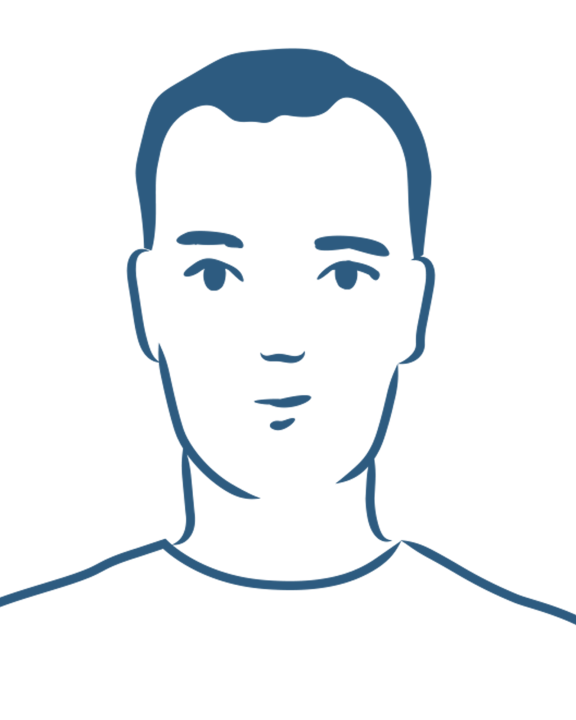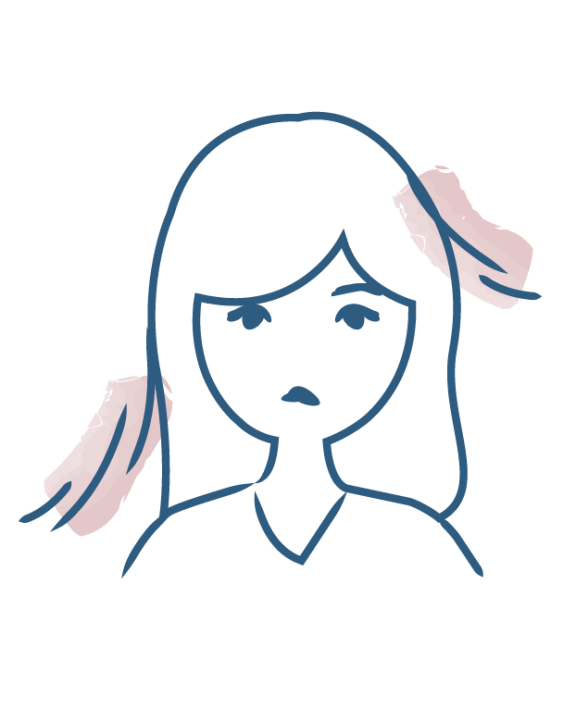MY OCCASIONAL HAIR DENSITY LOSS ROUTINE FOR MEN (LESS THAN 6 MONTHS)
Are you experiencing loss of hair density?
Hair loss or alopecia: causes and treatments

Hair loss, called alopecia, is very common and can affect anyone at any age. What are the causes and related symptoms? What treatments are prescribed to treat or curb hair loss? Here is everything you need to know to better manage this scalp condition.
Hair loss may seem trivial to some, but to others it can be a cause for serious concern and a reason for medical consultation. In reality, there is not just one form of hair loss but several types of hair loss, with different causes and consequences. They can either be localized to a section of the scalp, or diffuse, affecting the entire head, and they can be occasional (less than 6 months) or chronic (prolonged over time, more than 6 months). The main types of hair loss can be classified according to these criteria:
Hair loss related to hormonal disorders associated with genetic factors, also known as androgenetic alopecia. This is the most common form of hair loss in men, which can lead to partial or total hair loss, or baldness. All of these types of hair loss have different causes and consequences because they are linked to different changes in the hair life cycle (hair growth cycle). Treatment must therefore be adapted to each type of hair loss.
Hair loss in everyday life can sometimes cause great distress to the patients concerned whether for aesthetic or psychological reasons. Hair loss can also be a symptom of a more general pathology in the body, or the consequence of taking certain medications. So, it is essential to look for the cause(s) in order to establish a precise diagnosis.
Also called acute telogen effluvium, this is a very common form of hair loss, especially in women. It is characterized by a sudden and sometimes very significant increase in hair loss 3 to 4 months after a triggering event. This is why it is also called "reactional hair loss". In reaction to this event or trigger, the hair's life cycle undergoes a change: this causes an abrupt halt in the hair growth phase (anagen phase), and a greater number of hairs simultaneously go into the hair loss phase (telogen phase). The hair loss phase lasts for about 3 months. This explains the lag observed between the trigger and the hair loss itself.
100 to 150 hairs fall out every day in a normal and imperceptible way. In the case of reactional hair loss, this number can rise to 300 and the hair loss can become more noticeable: hair is found on clothes, pillows and throughout the house.
Stress, emotional shocks, fatigue, unbalanced diets, strict diets, seasonal changes and childbirth, are all factors that can cause reactional hair loss.
Reactional hair loss is temporary and reversible: spontaneous improvement is generally observed within six months for 95% of those affected. Hair density is not reduced and there is no risk of baldness.
The causes of hair loss are very diverse:
Unlike acute, occasional or reactional hair loss, which generally lasts no more than 6 months, chronic hair loss progresses over time. There are 2 main types of chronic hair loss, with different causes and consequences: chronic telogen effluvium and androgenetic alopecia.
Chronic telogen effluvium is rather diffuse hair loss, affecting the entire scalp. Over time, it can lead to a decrease in hair density, but not to baldness. It can appear at any age, and women are largely more affected than men. This chronic hair loss can occur as a result of profound and chronic stress, an imbalance of thyroid hormones or a low-calorie diet. When the responsible factor has been identified and removed, favorable evolution of the chronic hair loss is observed. It takes about 3 to 6 months to observe the beginning of regrowth and the return to the initial state of hair density can take between 12 and 18 months.
Androgenetic alopecia is a type of hair loss that is hormonal (involvement of androgenic hormones) and genetic in origin, as its name indicates. It is characterized by the progressive miniaturization of hair on specific parts of the scalp, resulting over time in thinning hair and even baldness. Androgenetic alopecia affects mostly men and its frequency increases with age: about 15% of men at age 20, 30% at age 30 and one in two at age 50*.
In men, the symptoms of androgenetic alopecia manifest as the appearance of thinner hair on the top of the head. This balding begins by affecting the back of the head (tonsure) and the forehead (receding hairline with the appearance of a V-shape). It then spreads over the top of the head. It is linked to a phenomenon of miniaturization of the hair follicle which gradually gives way to fine light hair before falling out permanently and causing baldness. Hair remains at the temples and the back of the head, in a crown shape.
In women, androgenetic alopecia is characterized by a progressive decrease in hair density on the top of the head, in a more diffuse manner than in men. Thinning along the central line widens creating a sparseness that resembles a pine tree. Unlike the male form, androgenetic alopecia in women is never complete and does not lead to baldness: some hair persists though thinned out.
The management of androgenetic alopecia remains a challenge for both patients and healthcare professionals. Few therapeutic alternatives are available. While some hair loss can be treated and reversed, androgenetic alopecia can only be slowed down. How? Currently, there are two types of approved medicinal treatments: minoxidil and finasteride. In addition, however, you can also quickly adopt new daily habits that can be beneficial to your hair. So, what can you do in case of hair loss?
First, don't wait, consult a dermatologist, a skin, scalp and hair specialist or your primary care doctor. Whether it be reactional hair loss, chronic hair loss, androgenetic alopecia or any other type of hair loss, your doctor will be able to make the right diagnosis and guide you as well as possible to the right choice of treatment and care.
At home, swap out your usual, overly aggressive, care products for adapted hair care products: shampoo, conditioner, anti-hair loss lotion, etc. The objective is to keep your scalp and hair in good health.
Stop brushing harshly, straightening too often, and wearing your hair up or pulled back too tightly. In the long run, these habits can end up damaging your hair, breaking it and making it fall out. If you feel your hair is weakened, stop coloring it for a while.
As soon as possible, give yourself a scalp massage. Two minutes is enough to stimulate blood flow to the hair root, and to provide it with all the nutrients necessary for growth. Natural hair loss treatments, such as essential oils, can be used during this massage to further activate blood circulation within the scalp. Watch what you’re putting on your plate. Diet plays a key role in hair loss. To avoid falling out, hair needs sufficient vitamins and minerals.
When seasons change in autumn and spring, start a course of food supplements. They can be a good ally in the fight against hair loss: composed of vitamins and minerals, they provide the nutritional elements essential to the life of your hair.
Most cancer drugs work on cancer cells, either by killing them or by preventing them from multiplying. Unfortunately, these treatments do not only target cancer cells. They also act on the body's rapidly renewing cells such as those responsible for hair growth. This explains hair loss during cancer often observed in patients treated with chemotherapy.
Treatments abruptly stop the hair growth phase and hair loss often occurs within 2 to 3 weeks of starting treatment. In some patients, it may occur immediately.
This type of hair loss is most often diffuse, over the entire head. It can either be progressive or sudden, and its intensity varies based on the molecules and doses used. Depending on the treatments prescribed, body hair, eyelashes and eyebrows may also be affected, a bit later than the hair.
Hair usually grows back one to two months after the end of the last round of treatment.
Other types of cancer treatments, such as radiotherapy or hormonal treatments, can also be responsible for hair loss of varying degrees.
* Severi G, et al. Androgenetic alopecia in men aged 40-69 years: prevalence and risk factors. Br J Dermatol. 2003;149(6):1207-1213.
Discover the CREASTIM REACTIV, NEOPTIDE EXPERT, ANAPHASE+ and ANACAPS ranges, specifically formulated for each type of loss of hair density.

Loss of hair density

Are you experiencing loss of hair density?

Are you losing your hair?

Are you losing your hair?

Like many young mothers, you are experiencing some discomfort following your pregnancy?
To better understand your skin and hair, discover our exclusive content and innovative care products designed to improve your quality of life..
